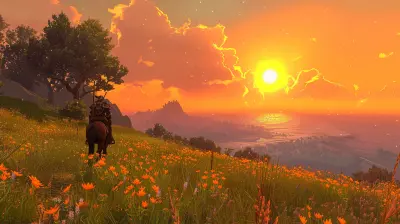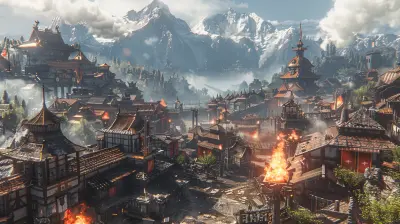How Single Player Games Are Preserving Classic Styles in Modern Formats
21 October 2025
Over the years, video games have undergone some drastic transformations. From pixelated 8-bit worlds to breathtakingly realistic graphics, the gaming industry is always pushing boundaries. But amidst all the technological advancements, there's still a special place in gamers' hearts for single-player games. Why? Because single-player games have this incredible knack for preserving those timeless, classic styles while packaging them in shiny, modern formats.
For gamers who grew up on retro titles or for those who simply love the immersive and story-driven experiences that single-player games offer, it’s like revisiting an old friend—but with a fresh twist. Let’s explore how single-player games are blending nostalgia with innovation.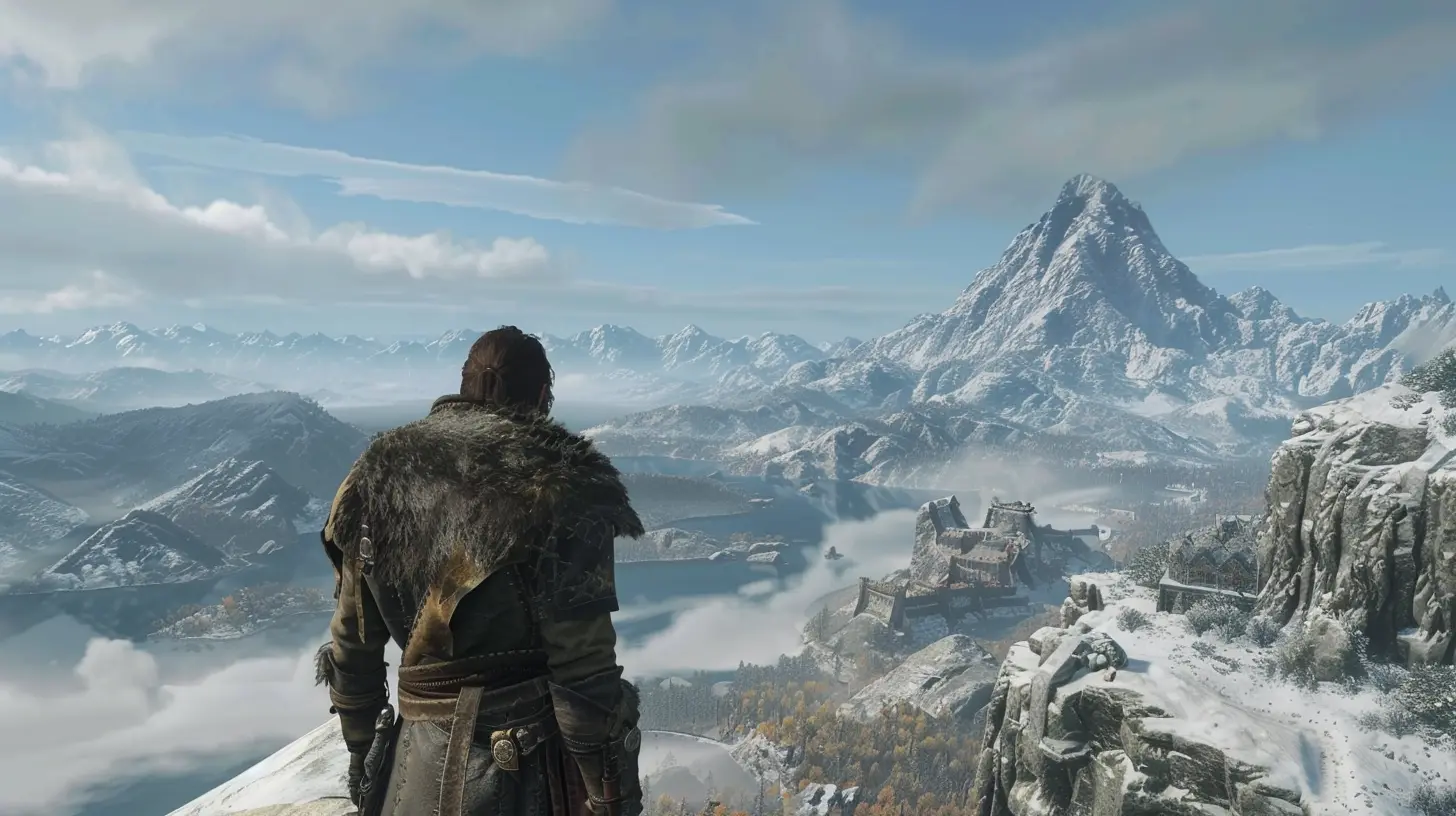
The Roots of Single-Player Games
Take a moment to think back to the earliest days of video gaming. Remember the simplicity of Super Mario Bros.? Or the mysterious dungeons of The Legend of Zelda? These were experiences built on classic gaming mechanics: tight controls, focused storylines, and challenges that rewarded patience and skill.Single-player games laid the foundation for video gaming as we know it. Back then, it was about creating an engrossing experience for one person. No distractions. No online matchmaking. Just you and the game. This simplicity remains a core part of why single-player games feel timeless. They don’t try to do too much. Instead, they focus on delivering emotionally engaging narratives, innovative gameplay, or even pure fun.
But how have single-player games held onto these classic roots in such a fast-changing industry?
Nostalgia Done Right: Honoring the Past While Embracing the Future
Single-player games have found a way to strike a beautiful balance between honoring the classics and keeping up with modern trends. They don’t merely replicate the past—they reimagine it.Take Hollow Knight, for example. This indie masterpiece feels like a love letter to classic Metroidvania games like Super Metroid and Castlevania. Its tight platforming mechanics and exploration-driven gameplay are straight out of the '90s, but its hand-drawn art style, rich world-building, and haunting soundtrack make it feel undeniably modern.
Another great example is Octopath Traveler. This game not only brings back the turn-based combat of old JRPGs but also introduces an eye-popping "HD-2D" art style. It’s pixel art, yes—but layered with depth, lighting effects, and subtle animations that make it feel fresh and exciting. It’s like your favorite old-school RPG just got a major glow-up.
Why Simplicity Matters
Here’s the thing about classic games: they were simple. But simple doesn't mean boring—it means focused. Games like Pac-Man or Tetris stuck with one brilliant idea and executed it perfectly. Modern single-player developers are taking notes.For instance, Celeste is an indie darling that feels like it could’ve been released on a retro console, but its refined controls, layered level design, and heartfelt story bring it into the modern age. It’s a game about climbing a mountain—both literally and metaphorically (representing the struggles of mental health)—but it’s presented in such a pure, straightforward way that anyone can connect with it.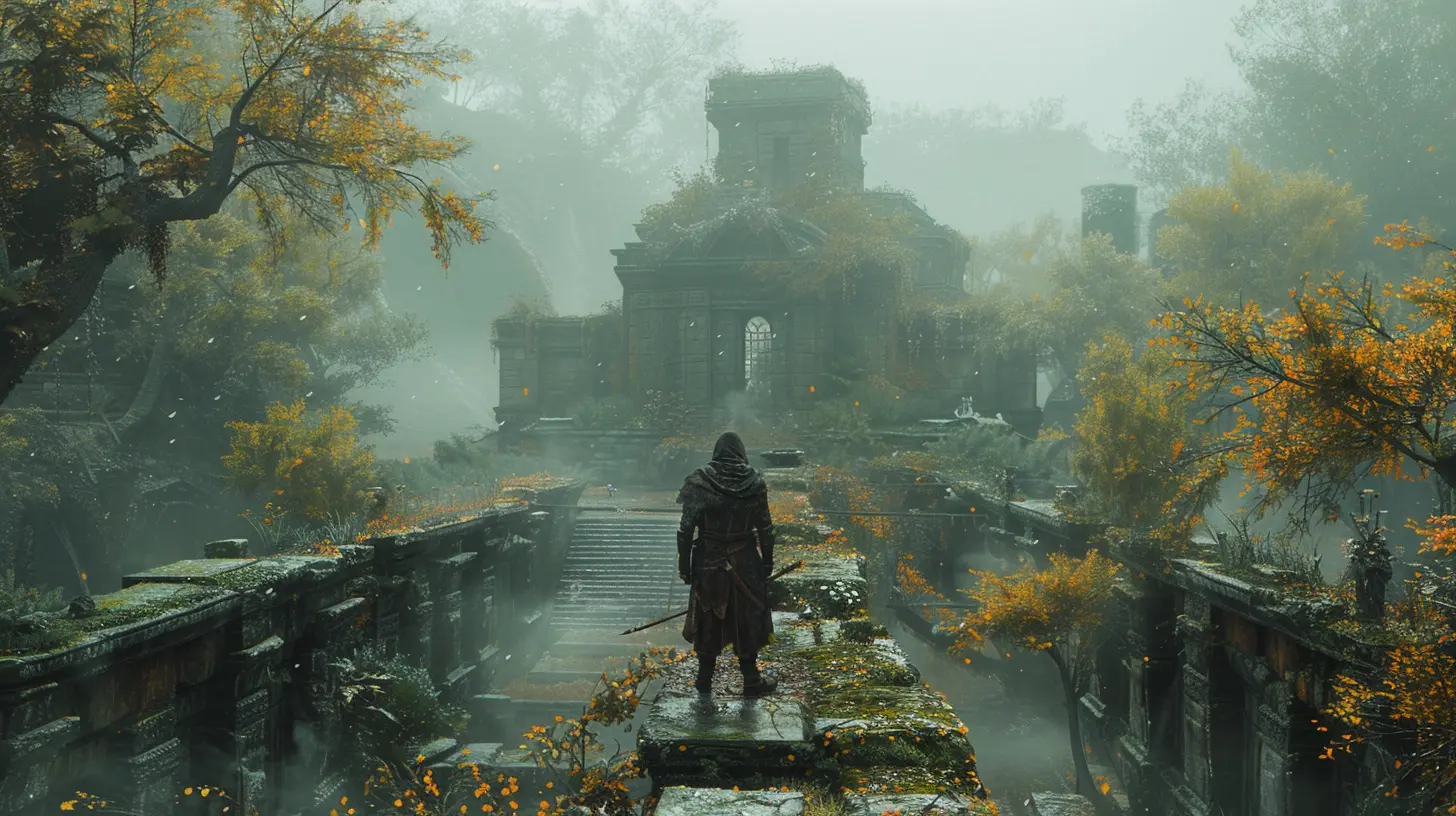
Storytelling: The Art of Keeping Players Hooked
Single-player games have always excelled at storytelling. And let’s face it—this is one area where multiplayer games just can’t compete. Whether it’s an epic fantasy, a gritty post-apocalypse, or an intimate character drama, single-player titles are built to tell stories that linger in your thoughts long after the credits roll.Take The Last of Us Part II. It doesn’t just give you enemies to fight or puzzles to solve. It gives you characters to care about. Its cinematic storytelling and emotional depth push the boundaries of what video games can achieve as a medium.
Even games like Undertale—despite their simple visuals—manage to weave narratives that are charming, hilarious, and profoundly touching all at once. The beauty of single-player games lies in their ability to make you feel something, whether it's joy, sadness, or sheer admiration for the sheer creativity on display.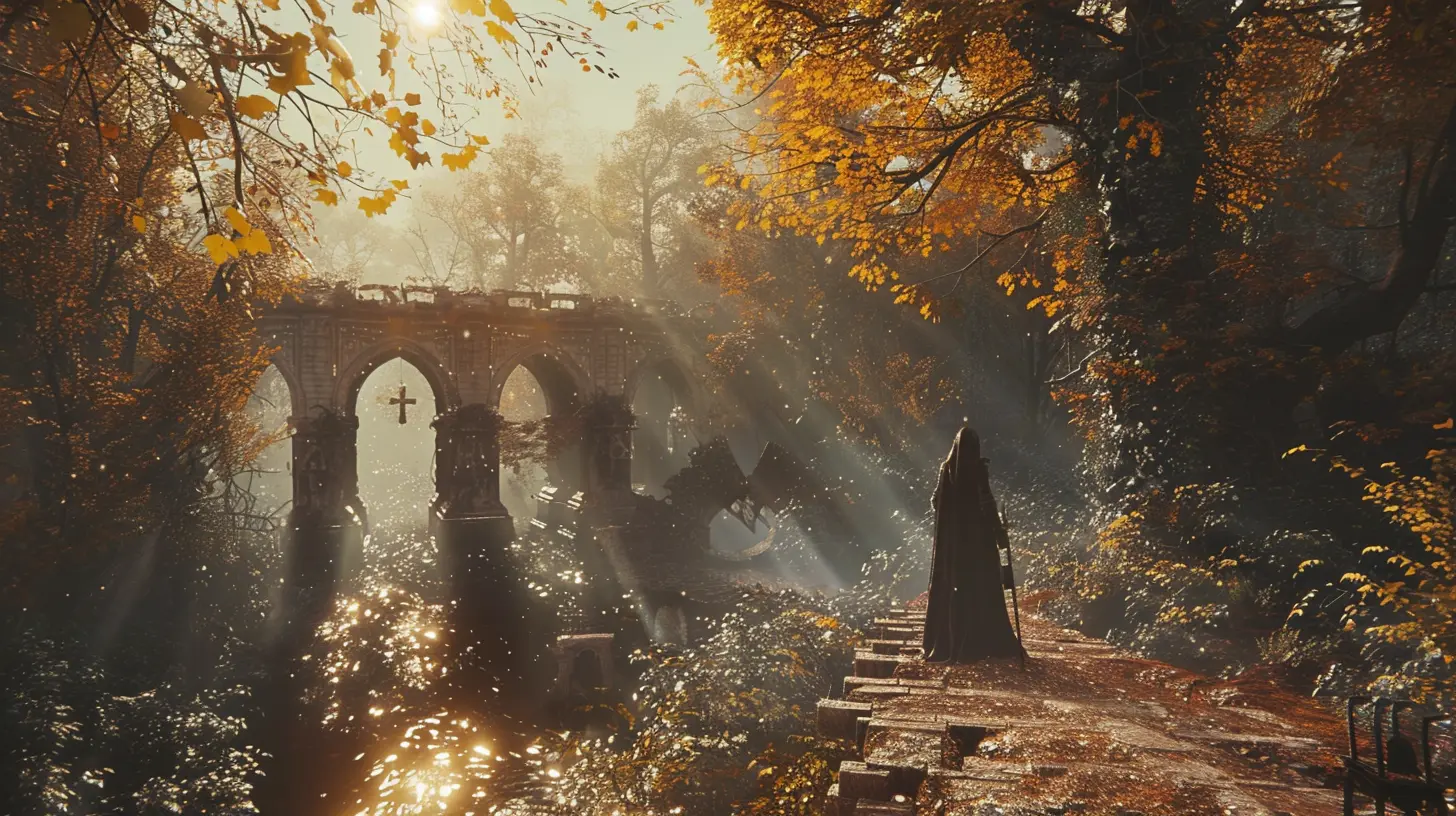
Gameplay Mechanics: Old Dogs, New Tricks
One of the best ways single-player games preserve classic styles is through gameplay mechanics. Many modern titles don’t shy away from borrowing tried-and-true gameplay elements from gaming’s past. But they also take those mechanics and refine them to perfection.Take Doom Eternal, for instance. It’s a high-octane shooter that pays homage to the fast-paced, arcade-style action of ‘90s FPS games. But it adds layers of complexity with mechanics like resource management and strategic combat—oh, and don’t forget the jaw-dropping graphics.
Or look at Cuphead, which feels like an old-school run-and-gun platformer straight out of the golden age of gaming. It even sports a 1930s cartoon art style! But beneath its vintage veneer lies a game designed for modern audiences, with precise controls and a level of difficulty that’s just as satisfying as it is punishing.
Single Player in a Multiplayer World
In today’s gaming landscape, the industry seems dominated by multiplayer games with battle passes, live-service content, and endless updates. It’s easy to feel like single-player titles are a dying breed. But guess what? They’re not going anywhere.In fact, single-player games are thriving, thanks to passionate developers and equally passionate fans. Franchises like The Witcher, Horizon, and God of War prove that players are more than willing to invest their time and money into massive, high-quality single-player experiences.
Indie developers are also helping keep the flame alive. Games like Stardew Valley or Hades show that you don’t need a massive team or AAA budget to create unforgettable, single-player masterpieces. These games tap into the same creative spirit that fueled the classics.
Why Single Player Games Will Always Matter
Why do single-player games resonate so deeply with gamers? Because they offer something unique: control. In a single-player game, you’re in the driver’s seat. You control the pacing, the exploration, and the choices. There’s no waiting for teammates or dealing with laggy servers. It’s just you and the game world.Additionally, single-player games allow for introspection. They provide a space where players can lose themselves in a story or challenge themselves in a way that feels personal. It’s this sense of intimacy that multiplayer experiences often lack.
Looking Ahead: The Future of Single Player Gaming
As technology continues to evolve, we can only imagine where single-player games will go next. With advancements like AI, ray tracing, and improved accessibility tools, the potential for immersive storytelling and innovative gameplay is limitless.But no matter how far we go, one thing is certain: the heart of single-player games will remain the same. They’ll keep preserving the classic styles we all love while moving forward in exciting new directions. And for gamers, there’s nothing more exhilarating than that.
all images in this post were generated using AI tools
Category:
Single Player GamesAuthor:

Luke Baker
Discussion
rate this article
1 comments
Clover Collins
Single-player games beautifully blend nostalgia with modern innovation, reminding us that storytelling and immersive experiences still thrive. Embrace these classics reimagined—each game is a journey that honors the past while inspiring our future. Let's celebrate this unique evolution together!
October 24, 2025 at 3:45 AM

Luke Baker
Absolutely! Single-player games are a perfect fusion of nostalgia and innovation, preserving classic styles while enhancing storytelling and immersion. Let's celebrate this evolution together!
